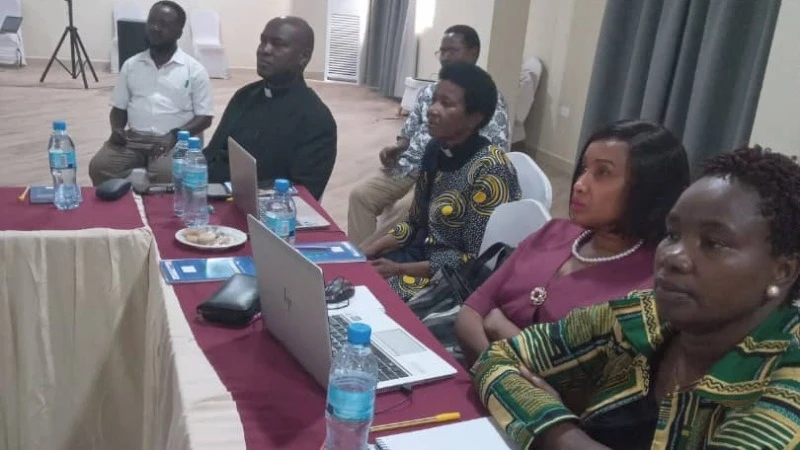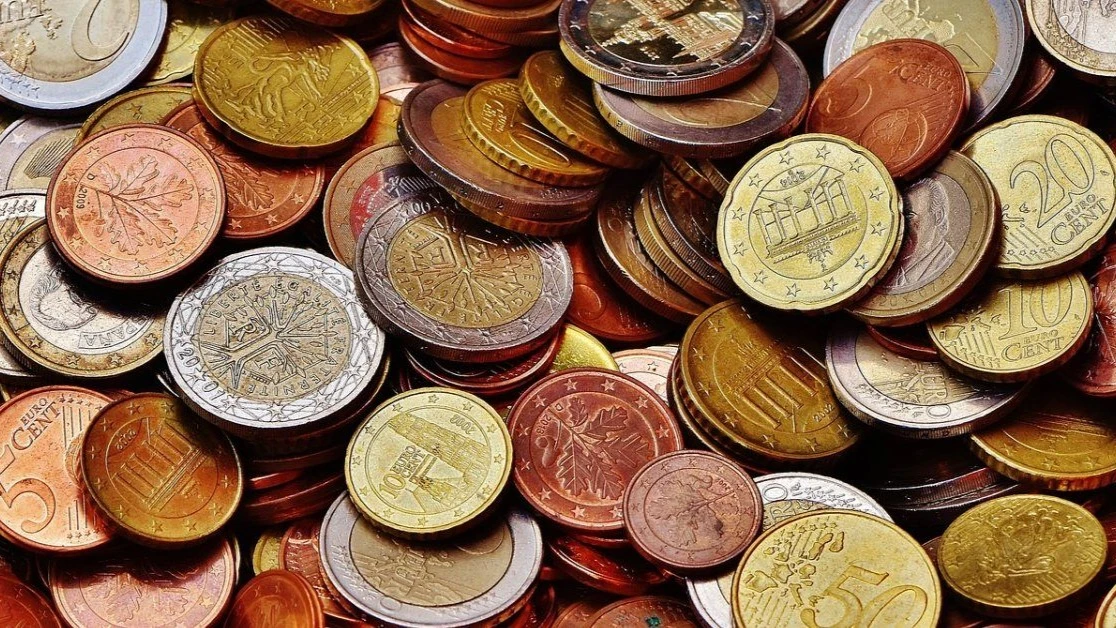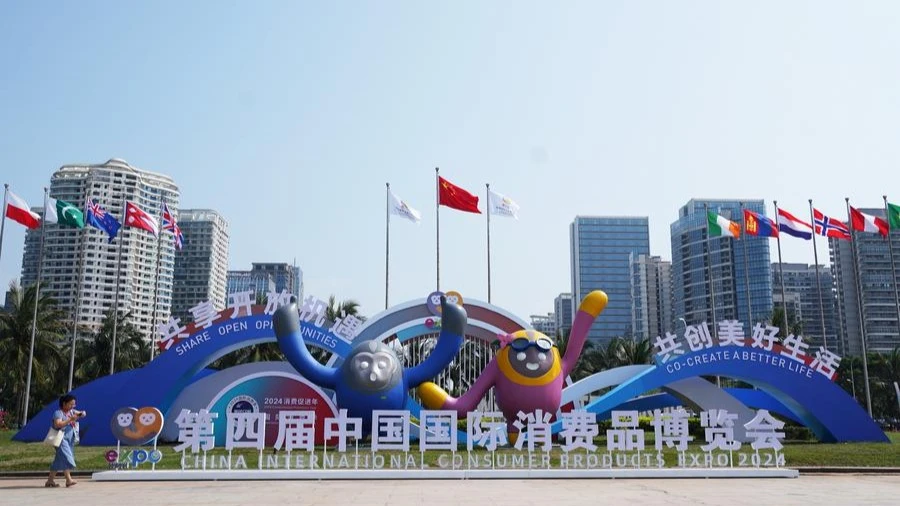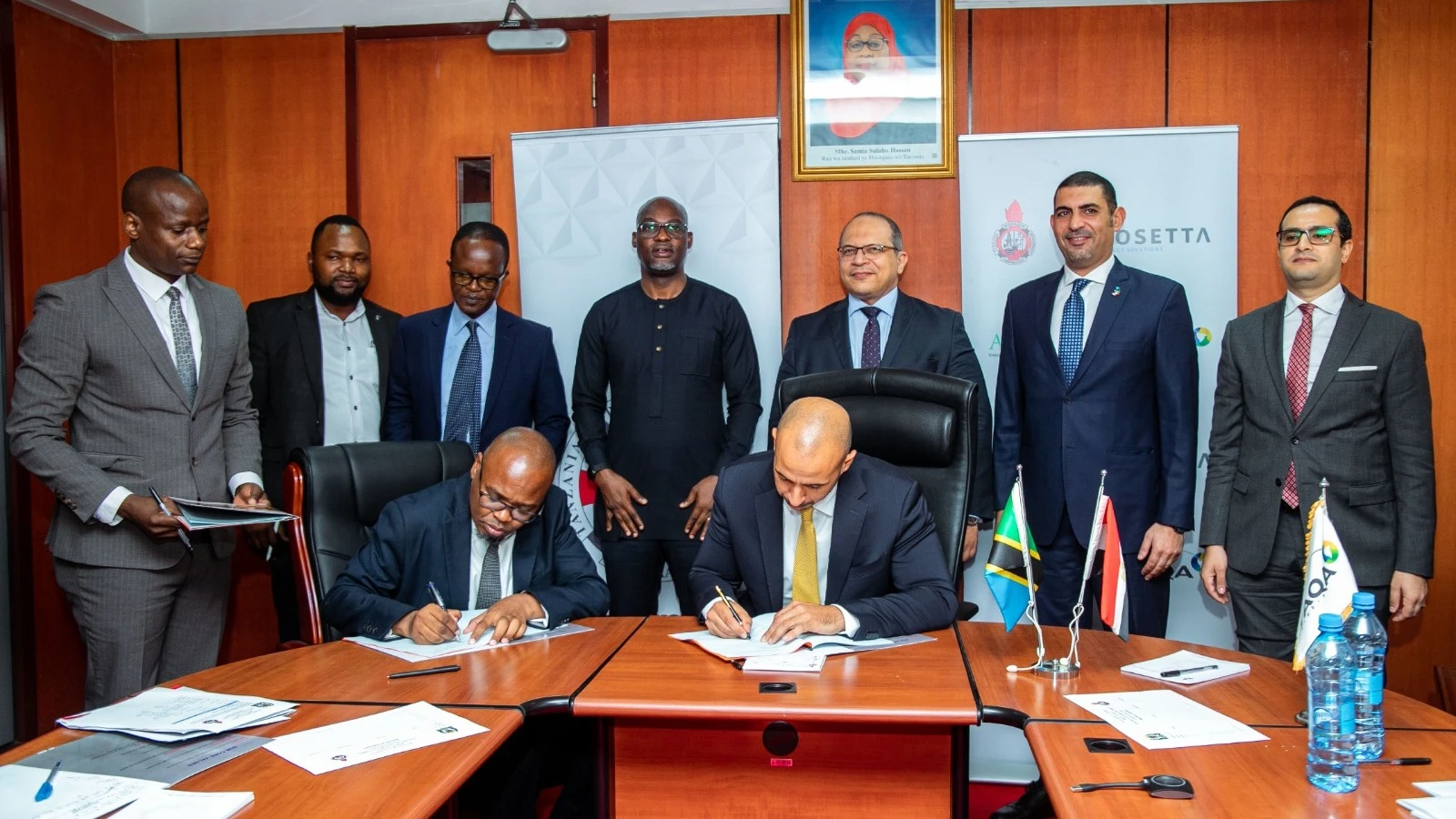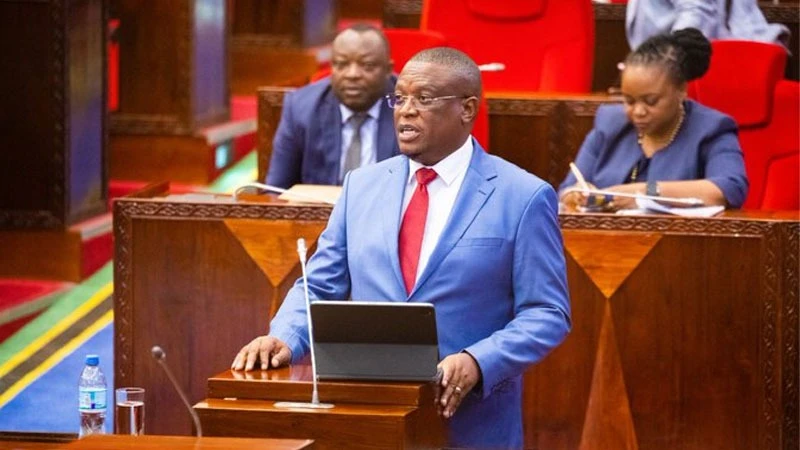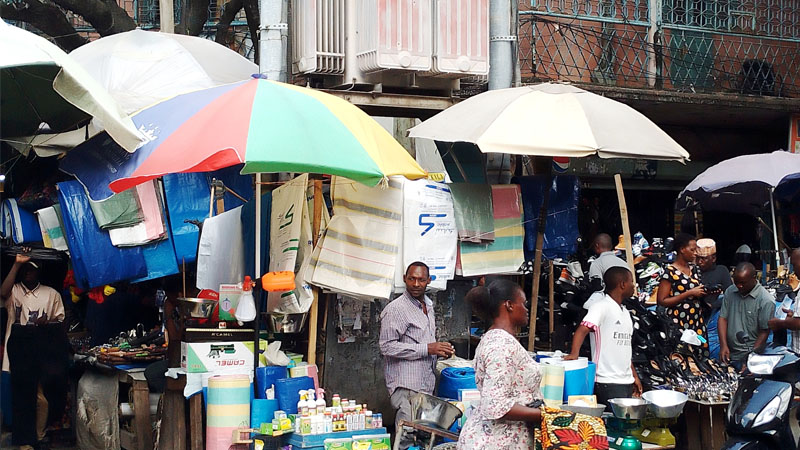Blue economy: Tanga seaweed farmers to benefit from the aquaculture sector
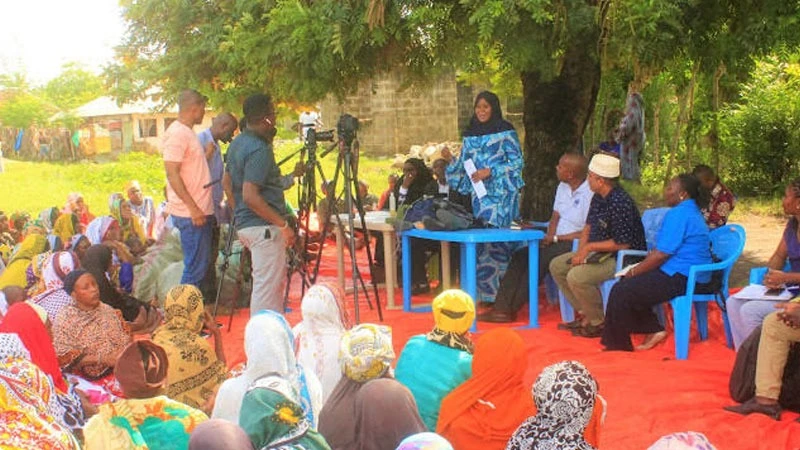
SEAWEED farming is booming in Tanga Region with more people engaging in the economic activity. Farmers are mostly from the districts of Tanga, Muheza, Mkinga and Pangani.
The government has always been keenly committed to explore the huge potential by deploying experts on the aquaculture sector to see the possibility of engaging more Tanzanians.
Historically, seaweed farming was recognised in Tanzania in early 1950s when wild seaweed was exported from Zanzibar. Seaweed farming has become an established aquaculture industry in Tanzania. It is a significant export earner as well as an income and employment generator in coastal communities where it practised.
Seaweed farming is one of the largest export industries in the country, employing over 25,000 farmers, 80 percent of whom are women.
During a recent a recent meeting with seaweed farmers, investors and traders from across the region, Tanga Regional Commissioner, Dr Batilida Buriani underscored the need for farmers to enter into contracts with investors to successfully tap the available potential in the sector as well as being sure of the markets.
Dr Buriani was optimistic that by forging partnerships with investors and traders, traders will benefit more from the economic activity compared to now as most of them still struggle to access markets and capital.
The Regional Commissioner assured farmers that the government is determined to see farmers benefiting from the economic activity whereas plans are underway to assist them to access bank loans as well as local and international markets.
“We are aware of the various challenges that seaweed farmers are facing including difficulties in accessing bank loans to expand your investment. Most of you are also lacking modern tools to practice agriculture more commercially and efficiently. When you enter into contracts with investors, it becomes their responsibility to ensure you have all the required tools,” said the Regional Commissioner as she urges investors to abide by the law and respect all the terms specified in the contracts.
She said efforts are on-going in collaboration with the Ministry of Livestock and Fisheries to empower seaweed growers with modern tools including boat.
Dr Buriani said talks are on-going with banks such as the Tanzania Agriculture Development Bank (TADB) to provide seaweed farmers with loans at an interest rate of between 3 and 4 percent. She said with the support, farmers are likely to purchase all the needed tools, thus cultivate productively.
The RC also provided free seaweed growing tools to farmers, assuring them that the government is planning to start purchasing the crop through the Ministry of Livestock and Fisheries, insisting to offer a good price.
On 22nd September 2023, President Samia Suluhu Hassan launched the 280bn/- Kilwa Masoko Fishing Port project whereas she also laid a foundation stone and handed over 160 boats to fishermen and seaweed farmers in Kilwa district.
The Head of State noted that introduction of the Building Better Tomorrow Initiative project (BBT-YIA) would also benefit seaweed farmers and fishermen.
In Tanzania mainland, seaweed farming is practiced in 11 regions along the Indian Ocean coastline. The crop is exported to China, Spain, France, Denmark, Chile and the United States of America.
Seaweed has the unique ability to improve ocean health by providing benefits to water quality and providing habitat for wild fish, in addition to providing a low impact form of jobs in rural coastal communities.
International buyers predict increased demand for seaweed since it is a raw material used in a wide range of increasingly popular products as diverse as confectionary, yogurts, and cosmetics.
When done sustainably, seaweed aquaculture also provides co-benefits to the planet, including improved water quality and conservation of wildlife habitats.
Two key factors are driving the growing interest in seaweed utilization, heightening attention to sources of food that are nutritious as well as sustainable and versatility in terms of applications of seaweeds in several industries, such as pharmaceuticals and cosmetics in addition to food and animal feed. Some of these benefits are described below.
Various varieties of seaweeds not only grow fast, but their cultivation also does not require fertilizers, land degradation or deforestation. In addition, seaweeds provide a number of environmental benefits, some of which are described below.
2020 data from the Food and Agriculture Organization (FAO) indicates that the current market value of the global seaweed crop is around $5.6 billion, of which sale for human consumption make up the greatest share. The main market for seaweed is in Asia and the Pacific, but there growing demand in Europe and North America.
Globally fresh seaweed supply comes from two source, wild stocks and aquaculture. Between the two, aquaculture supplies the greater share. In 2018, farmed seaweeds represented 97.1 percent by volume of the total of 32.4 million tonnes of wild-collected and cultivated aquatic algae combined.
Top Headlines
© 2024 IPPMEDIA.COM. ALL RIGHTS RESERVED



